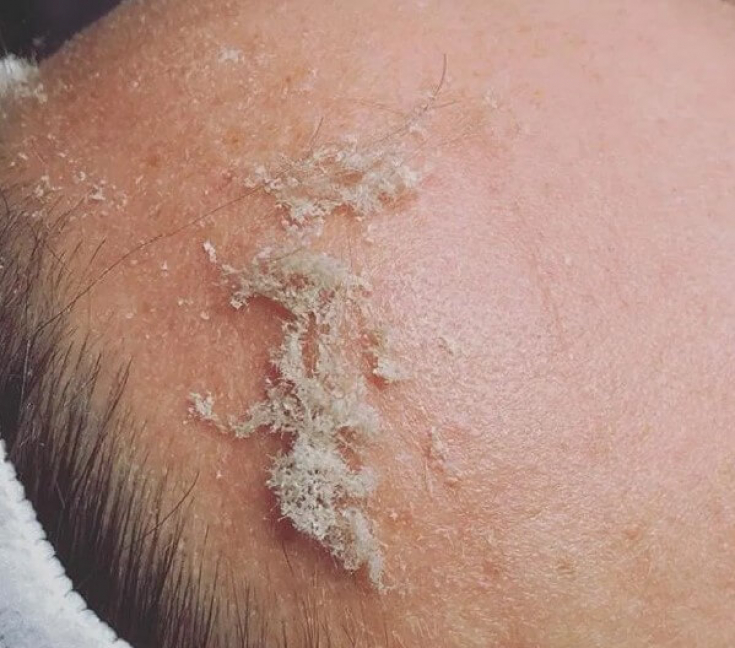Dermaplaning – it is exfoliation with a scalpel to cleanse the skin of the face.
Dermaplaning was first described in an article published in the Journal of Dermatological Surgery and Oncology in the 1970s as a possible treatment for acne vulgaris.
It has since been particularly popular in the US, but its popularity has increased worldwide in the last 2 years, in part because patients are increasingly looking for no-repair treatments that provide immediate skin benefits.
However, very little research has been published on the effectiveness of this method.
At estet-portal.com we will understand features of dermaplaning technique and find the answer – Is this technique really effective?
Benefits of Dermaplaning
Dermaplaning is ideal for those who want to get rid of vellus hair and improve skin texture by removing rough, dry skin.
Dermaplaning exfoliates the skin and removes vellus hair from the surface of the skin.
The scalpel during dermaplaning is used to gently scrape off the stratum corneum, essentially "shave" the stratum corneum. skin.
This procedure is quick (usually about 20-30 minutes), requires no recovery, has virtually no side effects and can be performed on anyone skin types.
By surface debris such as dead skin cells and hair is removed, the surface of the skin becomes smoother and better reflects light, resulting in a healthier looking skin.
This treatment also increases the skin's receptivity to skincareher.
Read the most interesting articles in Telegram!
Dermaplaning technique
After thoroughly cleaning the skin with an antiseptic solution, allow it to dry, as damp skin may obstruct the movement of the blade.
The No. 10 scalpel blade is used at an angle of about 30-45 degrees, while the skin should be slightly taut during the procedure.
The specialist removes dead skin cells and hair with light movements of the blade against hair growth.

Immediately after the procedure, there may be slight redness for one to two hours, but dermaplaning is generally well tolerated and patients can return to their daily activities immediately.
After the procedure is completed, the skin must be cleansed again to remove the remnants of exfoliated cells and hair.
Followed by anti-inflammatory moisturizing serum based on hyaluronic acid, followed by sunscreen.
What can a chemical peel do in skincare
If the treatment is for skin rejuvenation, more active serums (e.g. containing vitamins C and E) can be applied topically, as their effect is enhanced by the gentle mechanical exfoliation that dermaplaning provides.
Dermaplaning is ideal for preparing the skin for other treatments such as LED therapy, chemical and enzyme peels.
Dermaplaning is not recommended if the skin is broken or has active inflammatory elements as the procedure may aggravate the situation.
The main concern of the patient and a common misconception regarding dermaplaning is whether the hair will grow thicker or darker after treatment.
Patients can be reassured that hair removed by dermaplaning will not be thicker or darker and will grow back the same as before treatment, as the hair follicle is not affected.
Depending on skin type, there is a possibility of ingrown hairs after treatment, especially in patients with darker skin.
After treatment, patients should be advised to use a mild cleanser in the morning and evening, which may reduce the risk of possible infection.
They should also avoid touching their face immediately after treatment and protect their skin with SPF.
Patients should be advised not to use active ingredients such as alpha hydroxy acids or vitamin A or to perform mechanical exfoliation for 48 hours after the procedure.
You may also be interested in: Acid peeling: the anatomy of a chemical peel







Add a comment